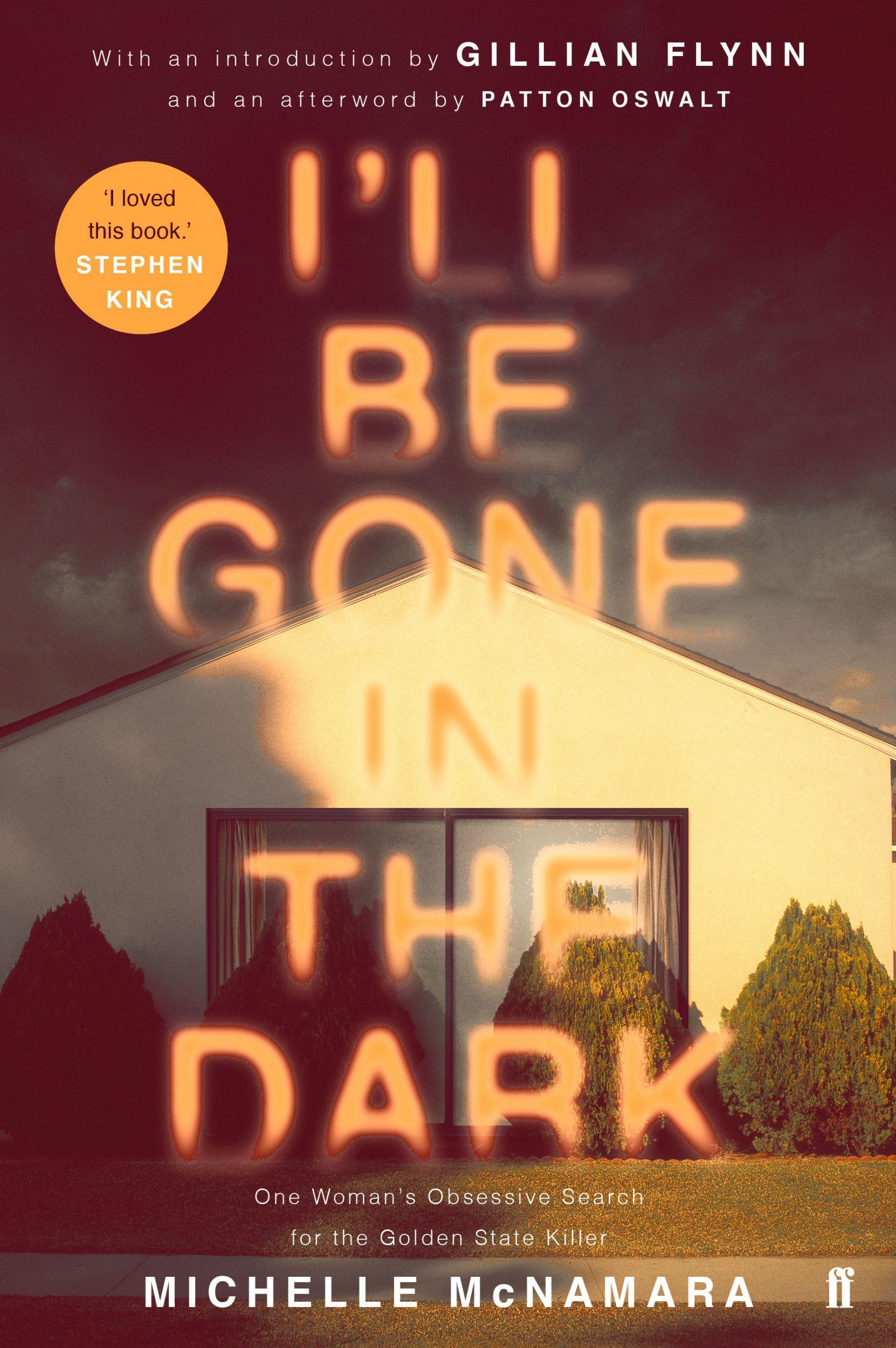I’ll Be Gone in the Dark by Michelle McNamara, book review: A brilliant, shattering work of art
The late McNamara dedicated many years trying to solve the case of California serial killer and rapist she’d dubbed 'The Golden State Killer'. Her investigation is detailed in her book, 'I’ll Be Gone in the Dark: One Woman’s Obsessive Search for the Golden State Killer'

Your support helps us to tell the story
From reproductive rights to climate change to Big Tech, The Independent is on the ground when the story is developing. Whether it's investigating the financials of Elon Musk's pro-Trump PAC or producing our latest documentary, 'The A Word', which shines a light on the American women fighting for reproductive rights, we know how important it is to parse out the facts from the messaging.
At such a critical moment in US history, we need reporters on the ground. Your donation allows us to keep sending journalists to speak to both sides of the story.
The Independent is trusted by Americans across the entire political spectrum. And unlike many other quality news outlets, we choose not to lock Americans out of our reporting and analysis with paywalls. We believe quality journalism should be available to everyone, paid for by those who can afford it.
Your support makes all the difference.“The race was yours to win,” true-crime writer Michelle McNamara confesses to her nemesis at the end of her extraordinary investigation into one of the most relentless human slaughterers in US history – for the man she called the Golden State Killer, who with impunity waged an implacable 10-year siege on the California suburbs from the mid-1970s to the mid-1980s, was never caught.
In the final chapter, ”Letter to an Old Man”, she imagines this terrifying ski-masked phantom savouring his victory in his twilight years. She fantasises about the net she helped build finally closing around him, but nearly two years after her death he remains at large.
McNamara died at the age of 46 from the effects of prescription drugs and a heart condition after spending five years writing through each night in the hope of helping to catch the man responsible for 45 rapes and 12 murders. With DNA profiling not being developed until 1984, this “master watcher” was able to “stroll undetected in the middle-class swarm” at a time when the use of hypnosis and psychics were part of standard police procedure.
McNamara fascinatingly evokes the development of post-war Californian suburbia, “a predator’s paradise” where single-storey houses in communities planned by visionaries such as Joseph Eichler became “eerie” filmic tableaus, with their occupants displayed “like rare museum objects”.
The Golden State Killer, according to McNamara, was driven by a consuming hatred of the nuclear family, hanging out at open-house days for prey, bludgeoning victims with heirlooms and splintering marriages by grotesquely forcing women to re-enact the intimate sexual acts he’d watched couples engaging in through their expensive windows. A self-help book on assertiveness is left on a husband’s bedside table after he is tied up and forced to listen to his wife being brutally raped.
As McNamara evocatively describes, this was an era of hope, where the suburbs offered a way to “shed your past and debut a new life”, but it was also a period where dark truths were beginning to emerge, such as childhood trauma in books like Alice Miller’s The Drama of the Gifted Child. McNamara tentatively posits that the killer, described by many victims as a hyperventilating, under-endowed man-child who cries for his mother, was abused. The suburbs “beguiled and deceived”, where a psychopath with artistic tendencies such as poetry writing could become the “star and director of the movie spooling in [his] head”.
McNamara, who studied for an MFA in fiction writing, has a novelist’s eye for what emerges as her true theme: the illusion of the Californian dream. Under the suburban carapace lurks a terrible alienation, where the killer becomes the “only thread” connecting neighbours and families as “they fail to look out for each other”. Hippies wander around with expressions of “defeat that had turned out the light in their eyes”. In the autumn – as in some surreal nightmare – swarms of indigenous tarantulas come out of holes in the ground in manicured surroundings, mating “as much as they [could] and then die, from starvation and cold”. As McNamara reminds us, this was also the era of Martin Scorsese’s Taxi Driver, a film that encapsulated the dire rates of violent crime at the time, even in California.
“Janelle roved in her monochrome tract in kind of fitful, searching haze. The jolt she sought, the love, never came,” she writes of one of his younger victims. A brilliant, shattering work of art.
‘I’ll Be Gone in the Dark: One Woman’s Obsessive Search for the Golden State Killer’ by Michelle McNamara is published by Faber & Faber, £12
Join our commenting forum
Join thought-provoking conversations, follow other Independent readers and see their replies
Comments